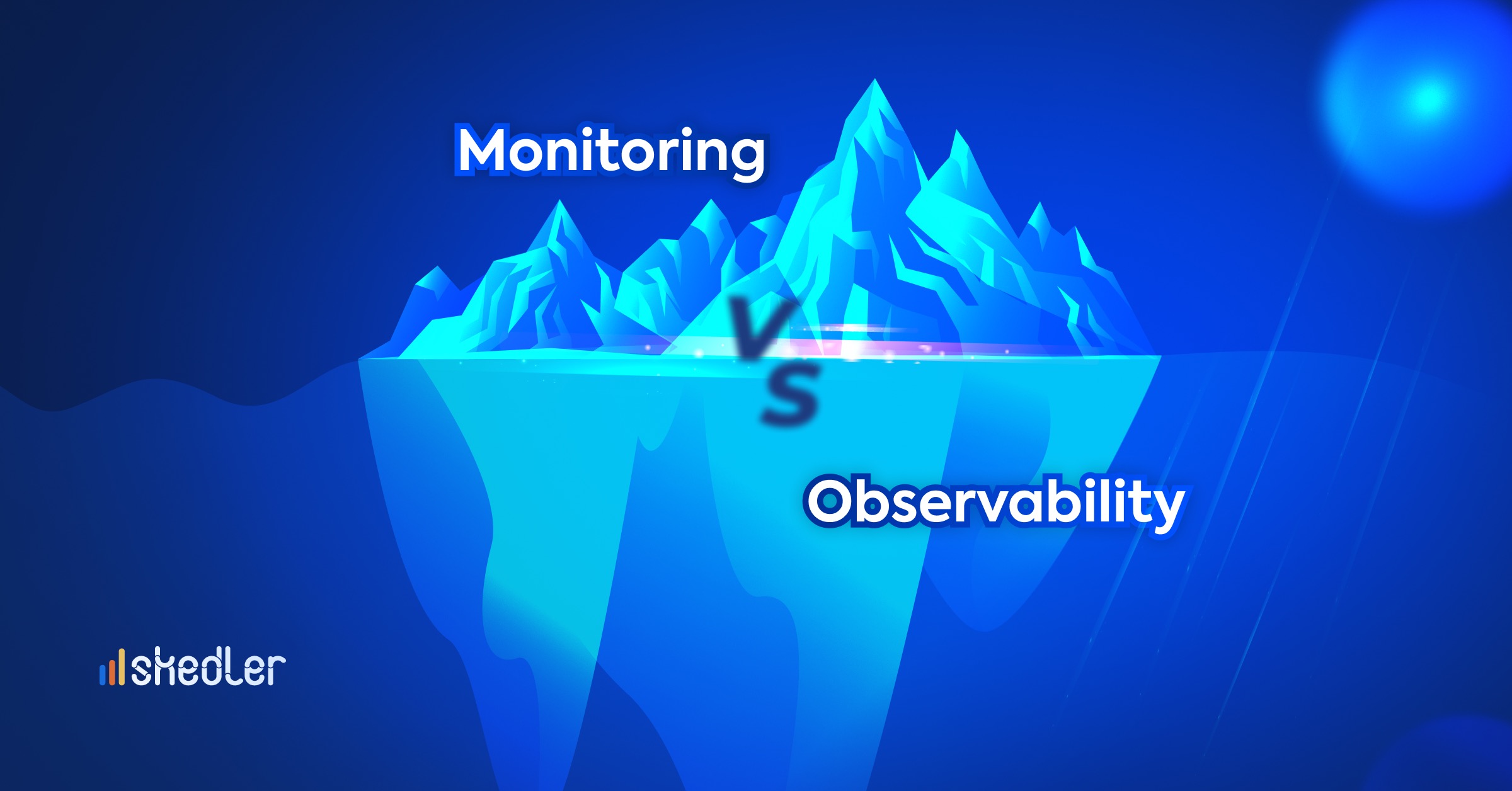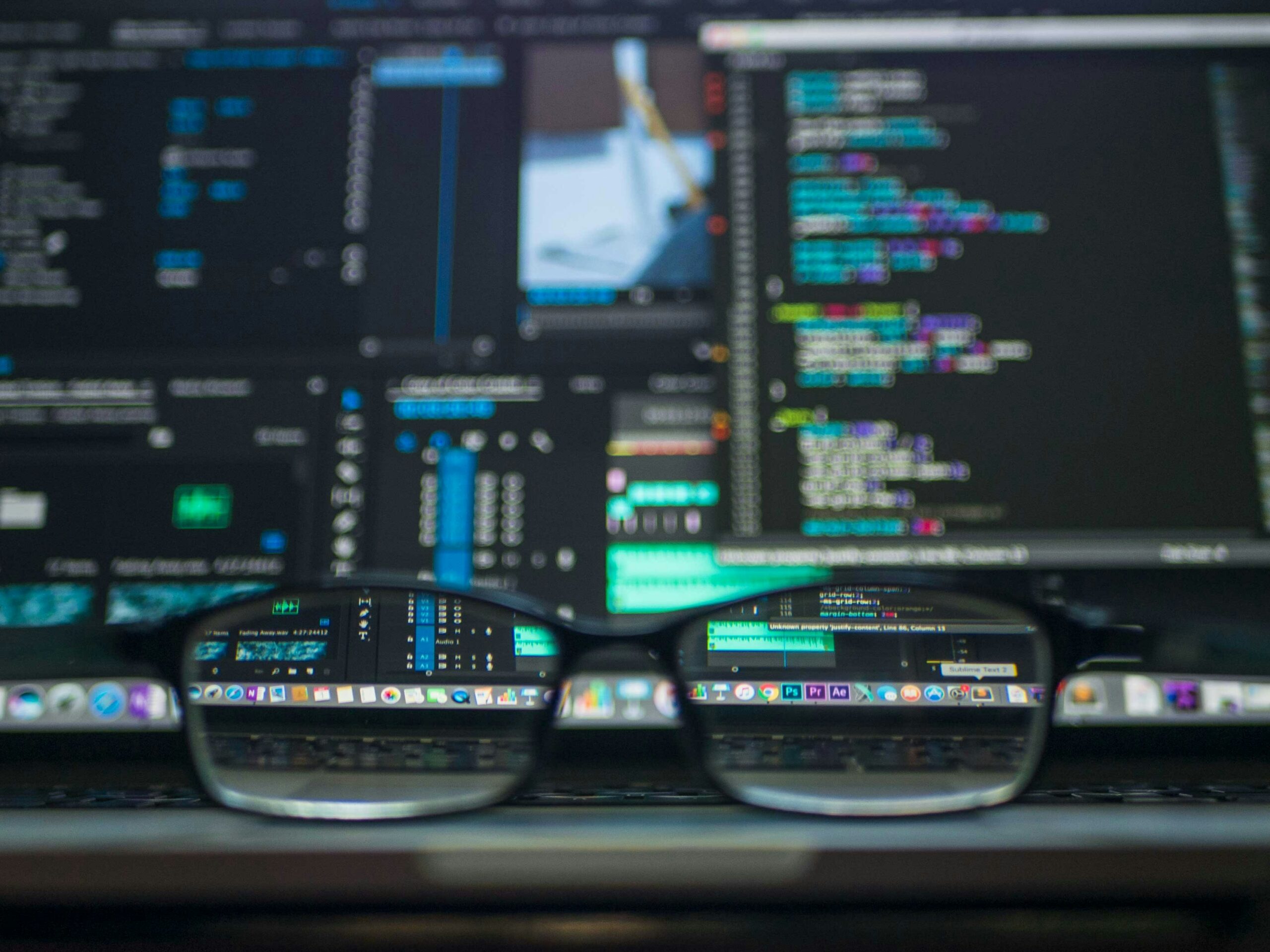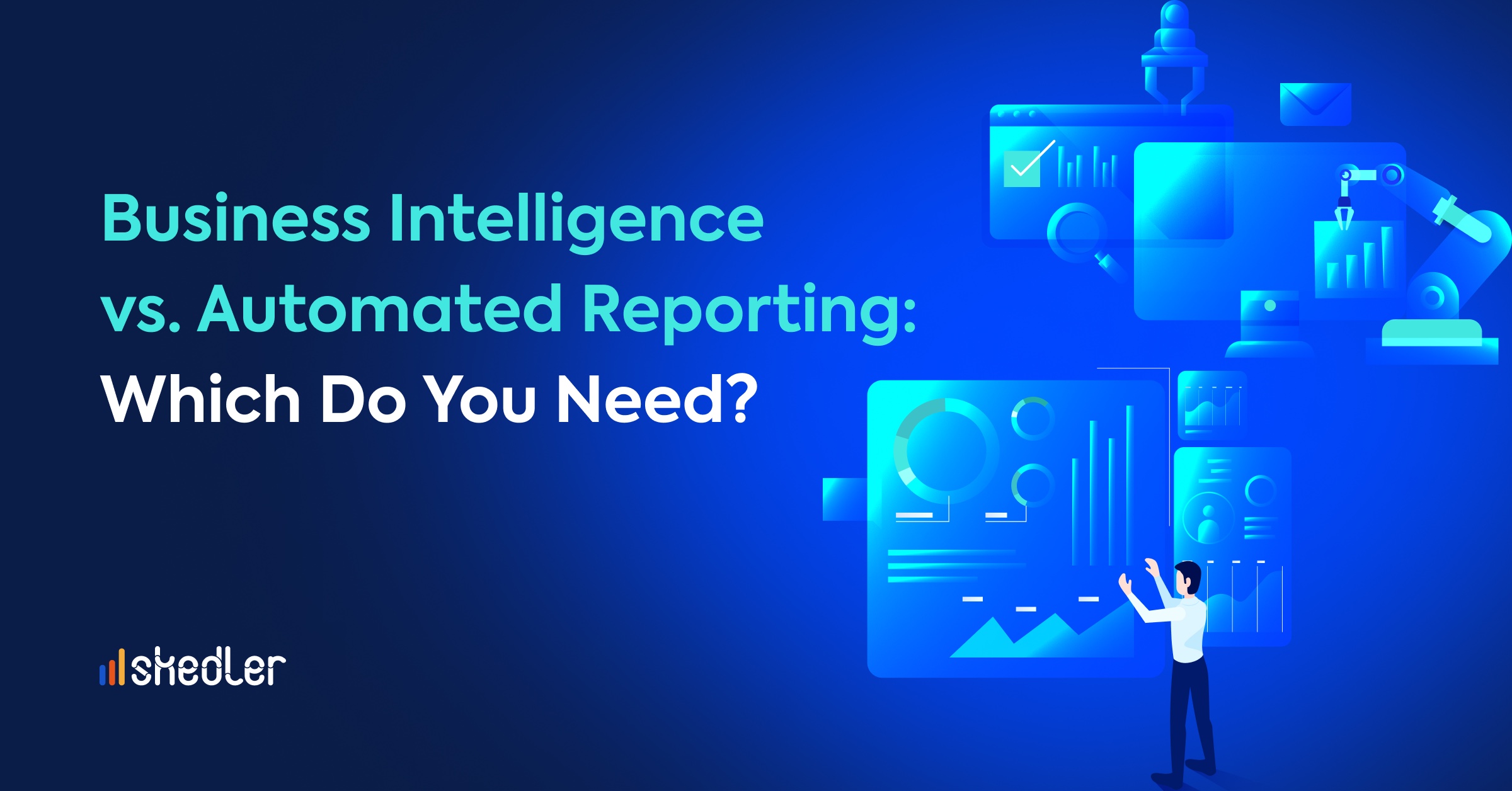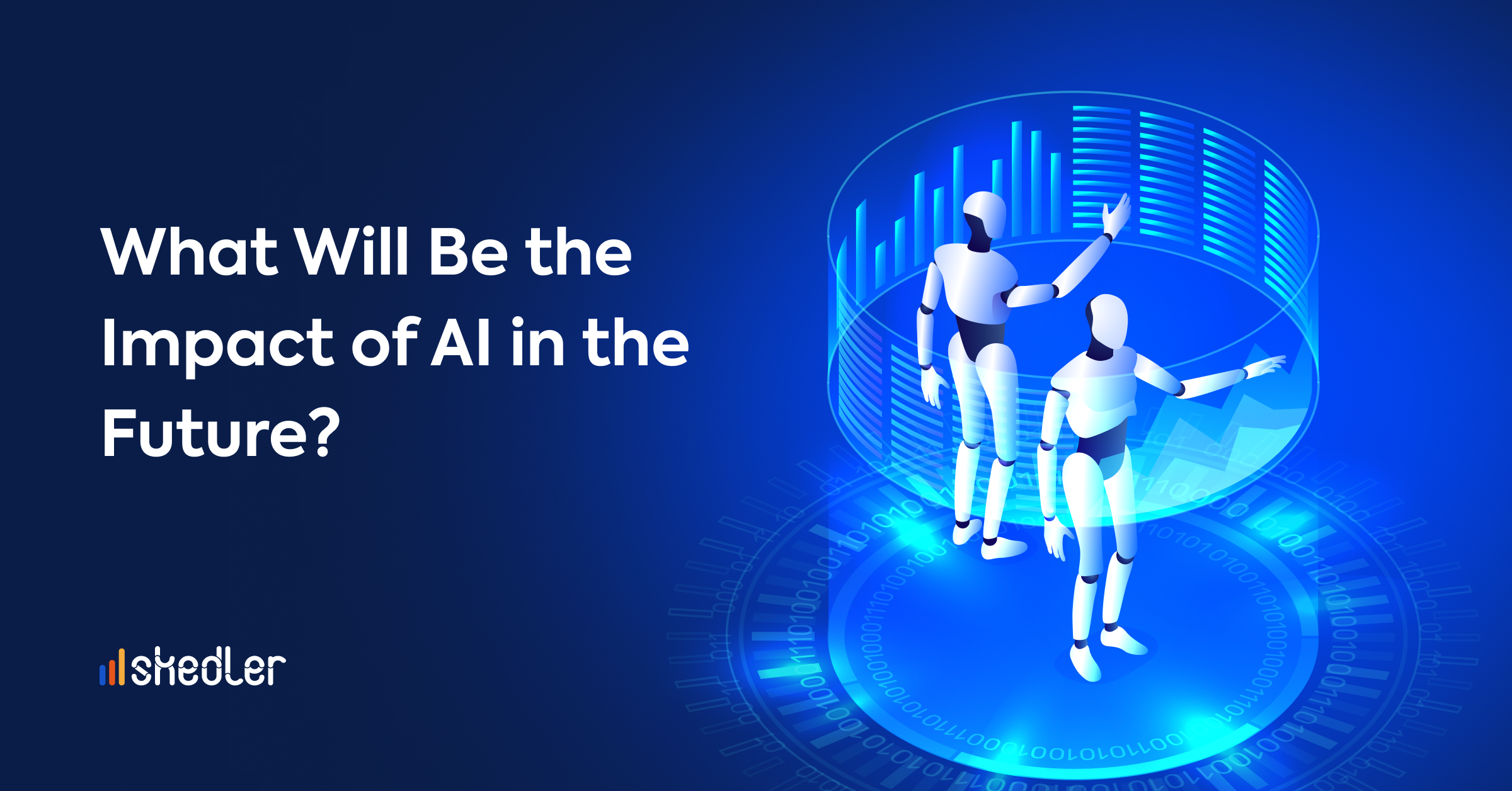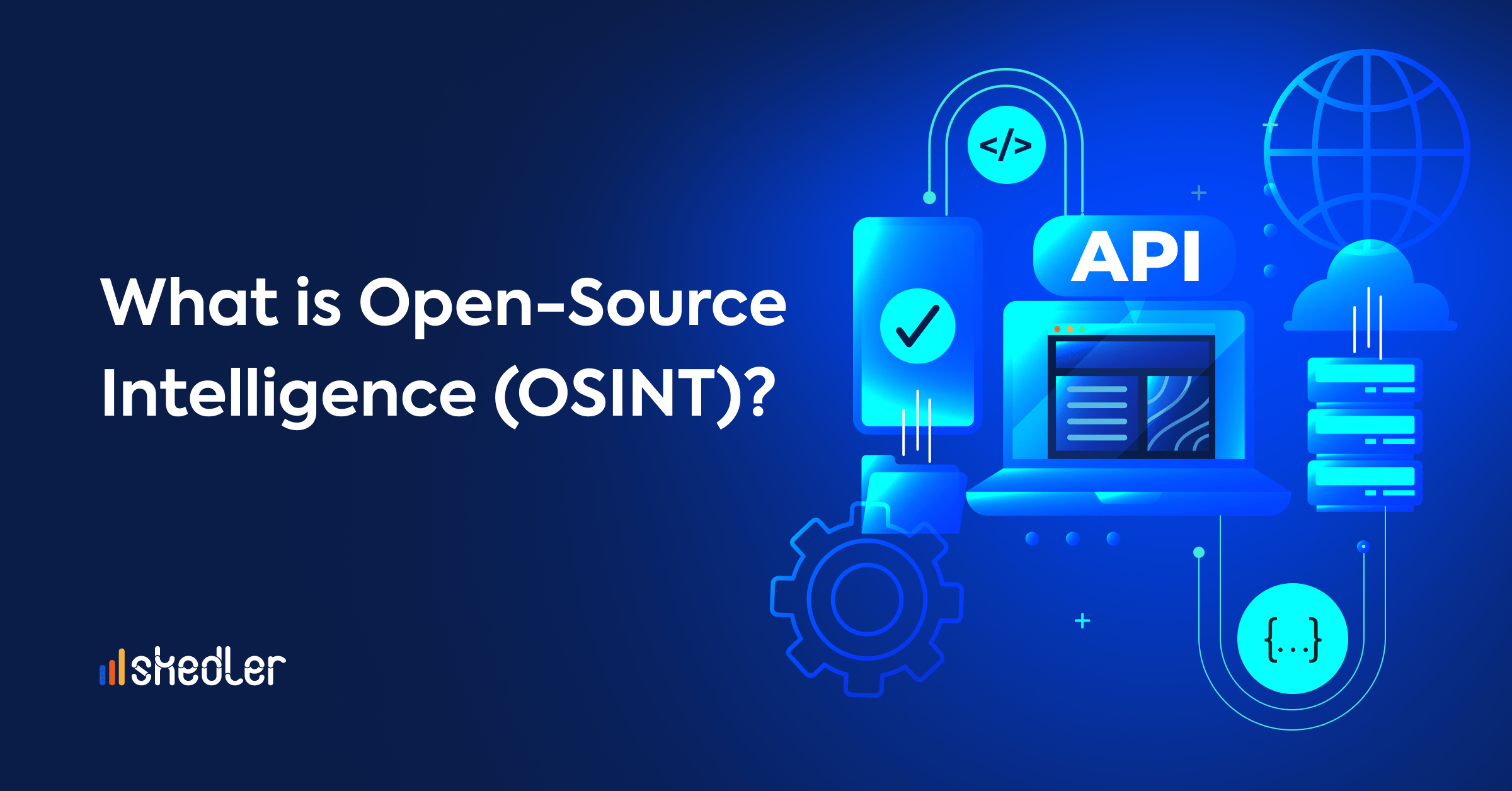ML Monitoring vs. ML Observability
In the world of Machine Learning (ML) operations, ensuring the reliability and performance of models is paramount. Data analysts navigating this landscape often encounter terms like “monitoring” and “observability.”However, what is the significance of these terms, and what sets them apart? This article will explore the differences between ML monitoring and ML observability, highlighting their importance in ensuring the well-being of ML systems.
If you are reading this article, it is because you are interested in the ML sector. Don’t miss our article about the skills needed to become a Machine Learning Engineer!
ML Monitoring vs. Observability
Monitoring and observability are two critical aspects of managing Machine Learning operations, but they serve distinct purposes:
Monitoring means gathering and studying data to follow how Machine Learning models perform and behave. This is done in a structured manner over a period of time. The process includes collecting metrics and indicators. Monitoring also involves analyzing these metrics and indicators. It focuses on detecting anomalies, identifying trends, and ensuring that models operate within acceptable thresholds. Think of monitoring as the “watchful eye” that keeps tabs on the health of ML systems.
Observability is about understanding the inner workings of Machine Learning systems. It helps us gain insight into how they behave and diagnose problems in real-time. It goes beyond mere monitoring by providing visibility into the underlying processes and dependencies within the system. Observability helps data analysts understand why anomalies occur and how data moves through the system. Observability is crucial in several domains, including microservices, as Adnan Rahic discussed in our Expert Series on Observability in Microservices.
ML Model Monitoring
Machine Learning model monitoring involves tracking various metrics and indicators to assess the performance and behavior of ML models. These metrics may include accuracy, precision, recall, and other performance measures specific to the problem domain.
Model monitoring is about recognizing concept drift. Concept drift happens when the connection between input features and the target variable changes. This change over time means the model needs to be retrained or adjusted.
Monitoring ML models can be challenging. One aspect of this challenge is ensuring that the data used is of good quality. Another aspect is ensuring that the inputs for the model remain consistent and reliable. Data drift, where the distribution of input data changes over time, can significantly impact model performance and reliability.
Furthermore, ML model monitoring extends beyond traditional performance metrics to encompass fairness, accountability, and transparency (FAT) considerations. Data analysts must ensure that ML models are accurate, ethical, and unbiased. This is particularly important in fields such as credit scoring, hiring, and criminal justice.
Observability vs. Explainability in ML
(Source: Kevin Ku / unsplash)
While observability and explainability are related concepts in the realm of Machine Learning, they serve distinct purposes.
Explainability refers to the ability to understand and interpret how ML models make decisions. This includes methods like feature importance analysis, LIME, and SHAP. Explainability is crucial for building trust in ML systems, especially in domains where decisions have significant real-world consequences.
Observability, on the other hand, focuses on gaining insight into the overall behavior and performance of ML systems. It encompasses monitoring, logging, and tracing mechanisms to track system health, detect anomalies, and diagnose issues. Want to know what are the best practices for Observability? Read this article!
Observability is crucial in MLOps for managing and maintaining ML workflows and deployments. MLOps is about making it easier to create, deploy, and manage ML models on a large scale. It also integrates observability practices to offer visibility into the entire ML pipeline, from data ingestion and preprocessing to model training and inference.
Integration of Observability into MLOps
Data Ingestion and Preprocessing
Observability starts with monitoring data ingestion pipelines. Data analysts track data quality metrics such as missing values and outliers. This helps ensure that the input data is clean and suitable for model training.
Analysts can monitor these measurements to identify any data issues that could reduce the accuracy of the model. This helps them catch problems early on and make necessary adjustments. By staying vigilant, analysts can ensure the model is as precise as possible. Ensuring the reliability and effectiveness of the models being built for this process is important.
Observability tools gather information about the data, such as its source, format, and preprocessing steps. This metadata helps in understanding the data better. It offers insights into how the data was processed before analyzing it. This information is crucial for ensuring the accuracy and reliability of the data analyzed.
Model Training
Observability tools monitor different aspects of the training process, including resource usage, convergence metrics, and training/validation loss curves. These insights help data analysts identify bottlenecks, optimize hyperparameters, and troubleshoot issues that may arise during training.
Model Deployment
Observability continues into the deployment phase, where monitoring tools track model performance in real-time. Metrics like inference latency, throughput, and error rates provide valuable feedback on the deployed model’s effectiveness and reliability. Observability also includes logging inference requests and responses, enabling data analysts to trace individual predictions back to their inputs and diagnose any discrepancies.
Tools and Techniques for Observability in MLOps
· Logging Frameworks: Logging is a fundamental component of observability in MLOps. Logging frameworks such as Apache Kafka, Fluentd, and Logstash capture logs from various components of the ML pipeline, including data preprocessing, model training, and inference. These logs provide a detailed record of system activities and serve as a valuable source of information for troubleshooting and analysis.
· Monitoring Platforms: Monitoring platforms like Prometheus, Grafana, and Datadog enable data analysts to visualize system metrics and set up alerts for anomalous behavior. These platforms aggregate metrics from different parts of the ML pipeline and provide real-time insights into system health and performance. By proactively monitoring key metrics, data analysts can identify issues early and take corrective actions to prevent downtime or performance degradation.
· Distributed Tracing Systems: Distributed tracing systems such as Jaeger and Zipkin allow data analysts to trace requests as they propagate through the ML pipeline. By instrumenting code with tracing libraries, analysts can capture detailed timing information for individual components and identify performance bottlenecks or dependencies. Tracing systems provide end-to-end visibility into system behavior and facilitate root cause analysis in complex distributed environments.
Conclusion
Monitoring and observability are indispensable tools in ML operations, each playing a critical role in ensuring the health and reliability of ML systems. Monitoring focuses primarily on tracking performance metrics and anomaly detection; it provides real-time alerts that something in the system may be failing. On the other hand, observability goes a step further by offering deeper insights into the system’s behavior and underlying mechanics, which facilitates comprehensive issue diagnosis.
So, what truly sets ML observability apart from ML monitoring? While monitoring tells us what is happening within our ML systems, observability explains why it’s happening. This deeper level of understanding is crucial for not just identifying problems but also for effectively solving them by tracing their roots and understanding the system’s internal dynamics.
As data analysts navigate the complexities of ML workflows, it’s essential to prioritize both monitoring and observability practices. Organizations can enhance the robustness and resilience of their ML pipelines by incorporating observability into MLOps. This involves utilizing tools like logging, monitoring platforms, and distributed tracing systems.
Together, monitoring and observability form the foundation for building and maintaining trustworthy and efficient ML operations.
